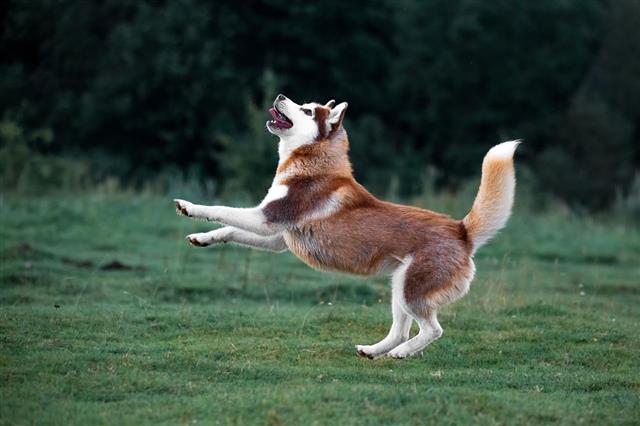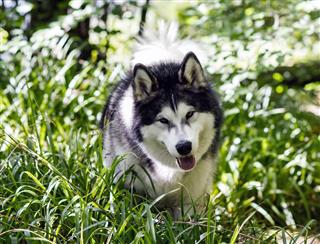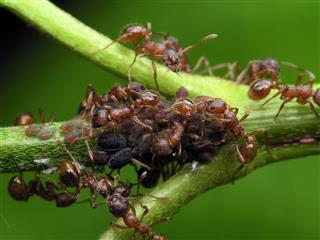
The list of animals found in taiga may not be as impressive as the list for other biomes, but this biome too, has a few lessons for everybody.
Taiga biome stretches out to nearly fifty million acres, covering almost 17 percent of the land on Earth. The cold climate of taiga, low precipitation, and short growing season, together make it one of the harshest biomes of the world. In fact, such are the conditions that it is difficult for animals to live in this biome throughout the year. Hence, they either migrate or hibernate when things become harsh.
List of Taiga Animals
You must have heard about animals of savannas, rainforests, and deserts. However, when it comes to animals of taiga, you are most likely to go blank. That―to a certain extent―can be attributed to the fact that taiga is one of the least-known biomes of Earth. It is precisely for this reason that you will find the list of taiga animals provided below, quite fascinating.
- Ants
- Arctic fox
- Arctic hare
- Arctic wolf
- Badger
- Bald eagle
- Beaver
- Black bear
- Brown bear
- Canada goose
- Caribou
- Dall sheep
- Deer
- Earthworms
- Ermine
- Fox
- Gray wolf
- Great horned owl
- Husky
- Lemming
- Lynx
- Moose
- Musk ox
- Malamute
- Muskrat
- Mosquito
- Red-tailed hawk
- Reindeer
- Scorpion
- Short-tailed weasel
- Snow goose
- Snow owl
- Squirrel
- Weasel
- White-tailed deer
- Wolf
- Wolverine
- Woodland caribo
Animal Adaptations in Taiga
Weather Adaptability
The residents of taiga prepare themselves for the winter by accumulating layers of fat in their body to withstand the chilling temperature and keep themselves warm. This characteristic can be seen in the moose, which consumes plant shoots and water plants in summer to put on a thinner layer that helps it to keep itself cool in spite of high temperature prevailing during the daytime. In the beginning of spring and approaching winter, it switches to conifer branches, berries, and wigs for a thicker layer to protect itself from the harsh wind.
Other animals, like the chipmunks for instance, hibernate during the winter and maintain their body temperature to avoid freezing of tissues while hibernating. Then there are species like the snowshoe hare and lynx, which adapt to the frigid weather of taiga by growing more hair on the foot pad or the bottom of their feet, thus keeping them warm and making it easier for them to walk on snow. During winter, animals like voles, mice, lemmings, and shrews live in tunnels under the snow. The snow on the tunnel keeps it warm, thus providing them a conducive environment to reproduce.
Migration
Birds like woodpeckers, cedar waxwings, robins, red-breasted nut-hatches, hermit thrushes, goshawks, ducks, water fowl, golden- and ruby-crowned kinglet, geese, etc., migrate to warmer areas during the winter season. Migration is also observed in caribous and wolves, which share a predator-prey relationship.
Reproduction
Animals like the red squirrel and wolverine give birth to their young ones in the beginning of March. Other animals, like river otters, ermines, minks, and martens, prefer to have young ones in the early spring to enjoy the warmth of this season.
Hunting, habitat loss, and increasing environmental pollution have started taking a toll on animals found in taiga as well. Thus, the list of endangered species is steadily growing. That we need to do something about it, has become a cliché now, and therefore, we can only hope that sanity will prevail.





























